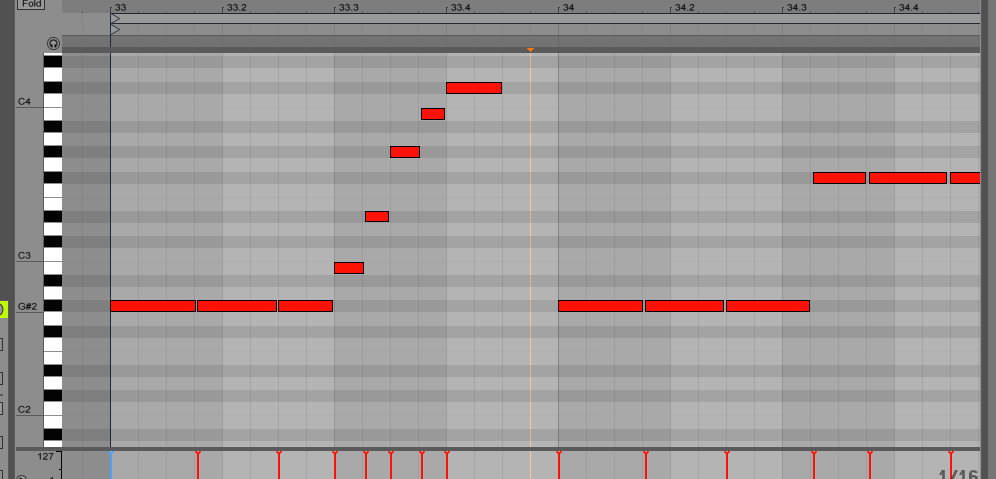In their battle against copyright infringement lawsuits, Damien Riehl and Noah Rubin copyrighted every possible MIDI melody, then released them to the public.
Damien Riehl and Noah Rubin, two programmer-musicians wrote every possible MIDI melody available, copyrighted the whole thing and released it all to the public. The purpose of this substantial task is to prevent musicians from getting sued.
For the most part, in copyright cases involving melodies, the deciding factor is access to the music. If an artist being sued could have listened just once to the melody which they are accused of stealing, they could then be found to have subconsciously infringed original content. With increasing accessibility to music and art, it’s becoming significantly more difficult to defend against such accusations.
A recent example of this is Mark Ronson’s “Uptown Funk,” for which he was sued by no less than three different bands for melodies used throughout the track. To circumnavigate current copyright law, copyright attorney Riehl and fellow musician/ programmer Rubin decided to use MIDI, because in MIDI format notes are just numbers – making melodies numbers.
Riehl explained in their recent TED talk: “Under copyright law, numbers are facts, and under copyright law, facts either have thin copyright, almost no copyright, or no copyright at all.”
“So maybe if these numbers have existed since the beginning of time and we’re just plucking them out, maybe melodies are just math, which is just facts, which is not copyrightable”.
With better-defined copyright law governing tactile formats such as paper or wav/mp3/aiff, the duo-are attempting to level the playing field.
The algorithm Riehl and Rubin used to generate all of the MIDI melodies is similar to a tactic used by hackers to find passwords. It recorded every possible 8-note, 12-beat melody combination just as hacker algorithms flip through every possible combination of letters and numbers. Riehl claims that it generated a whopping 300,000 melodies per second – which is a scary amount for those fearing an impending AI takeover of the music industry.
All of the melodies and algorithm datasets are available as open-source materials on Github and Internet Archive. Rubin and Reihl released these melodies via a Creative Commons Zero License meaning they have no rights reserved and are functionally the same as public domain works: anyone can use them. They are, however, not quite the same thing as public domain works must either be government works or must have previously had some form of copyright that has since expired.
This artist-safeguarding strategy has yet to be used as a defence in court and there is no way to tell if it will be successful. Copyright law is complicated yet the pair are confident they’ve found a significant loophole. But on the contrary, it is reasonable to question whether a court would rule that Riehl is the author of a melody that another artist made famous.
